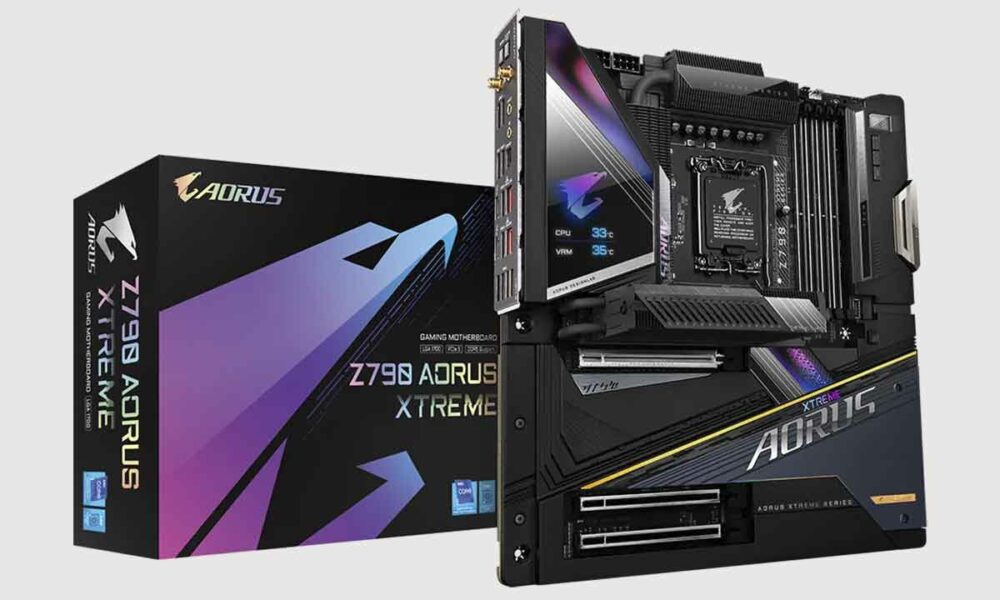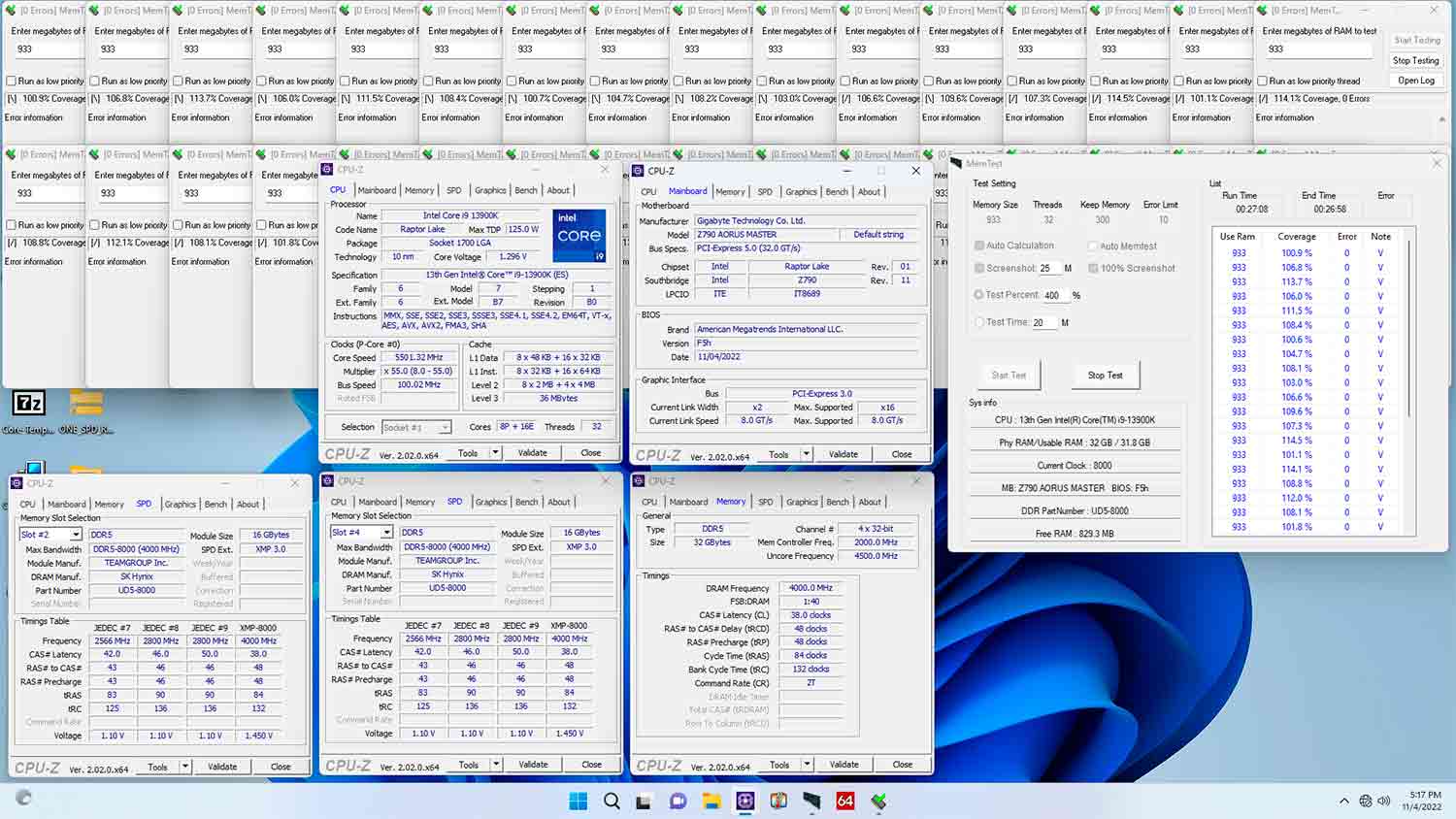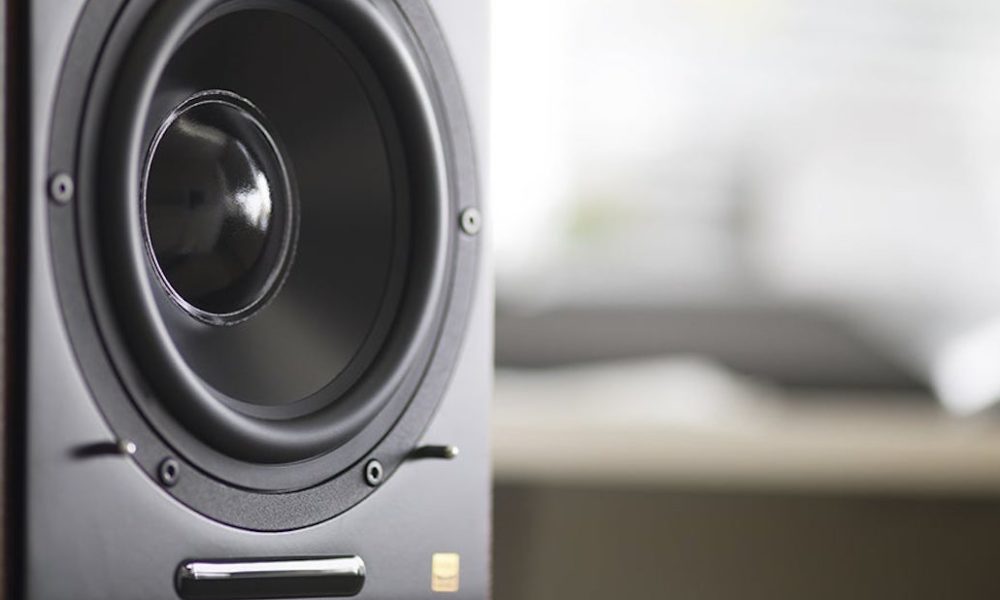
Hand in hand with the new generation of AMD and Intel processors, manufacturers such as GIGABYTE have responded in a timely manner, with proposals for motherboards that integrate the most powerful chipsets of both platforms, in conjunction with own technological developments aimed at providing, at the same time, maximum performance and total reliability, even if we choose to perform overclock to any of the components of the system, as long as we do it properly.
One of the components most likely to be increased in working frequency is the RAM memory which, thanks to technologies such as Intel’s XMP and AMD’s EXPOallow memory performance to be raised above what was initially established, simply by selecting the appropriate profile (that is, without having to make all the adjustments manually, with the risks that this entails) and trusting that the system will continue to function properly.
In this sense, we have already seen how GIGABYTE had achieved two notable milestones, DDR5-8333 and DDR5-9300 OC, using for this purpose its top of the range motherboard, the GIGABYTE Z790 AORUS TACHON. Now, in a new action in this sense, in collaboration with TEAMGROUP, the manufacturer has shown that the rest of its catalog is also capable of scaling very high, in terms of making use of XMP profiles to get the most out of DDR5 .
Thus, making use of Z790 AORUS XTREME and Z790 AORUS MASTER motherboards, some of the first models introduced by GIGABYTE when the first Raptor Lake was released, and in combination with TEAMGROUP T-FORCE DELTA RGB DDR5 Gaming memory modules, have achieved the yields DDR5-7600, DDR-7800 and XMP DDR5 8000without the need to use dissipation systems additional to those that the modules already have.
To this end, and in combination with TEAMGROUP memory modules, compatible with XMP 3.0 and designed to offer an experience of overclock reliable, the technologies Low Latency and High Bandwidth of GIGABYTE motherboards play a fundamental role in making this brand possible, which, with the right hardware, can be reproduced by any user who wants it, since it does not require any special components or installations.
If you haven’t tried XMP or EXPO yet, you should know that for this you only need to have the profiles that define the working conditions of the memory and, from the system BIOS, choose which one you want to use. You will not have to worry about adjusting frequencies, voltages or anything like thatsince the profiles already have all this information and, in addition, with the plus that they have been previously validated, so they are totally reliable.




